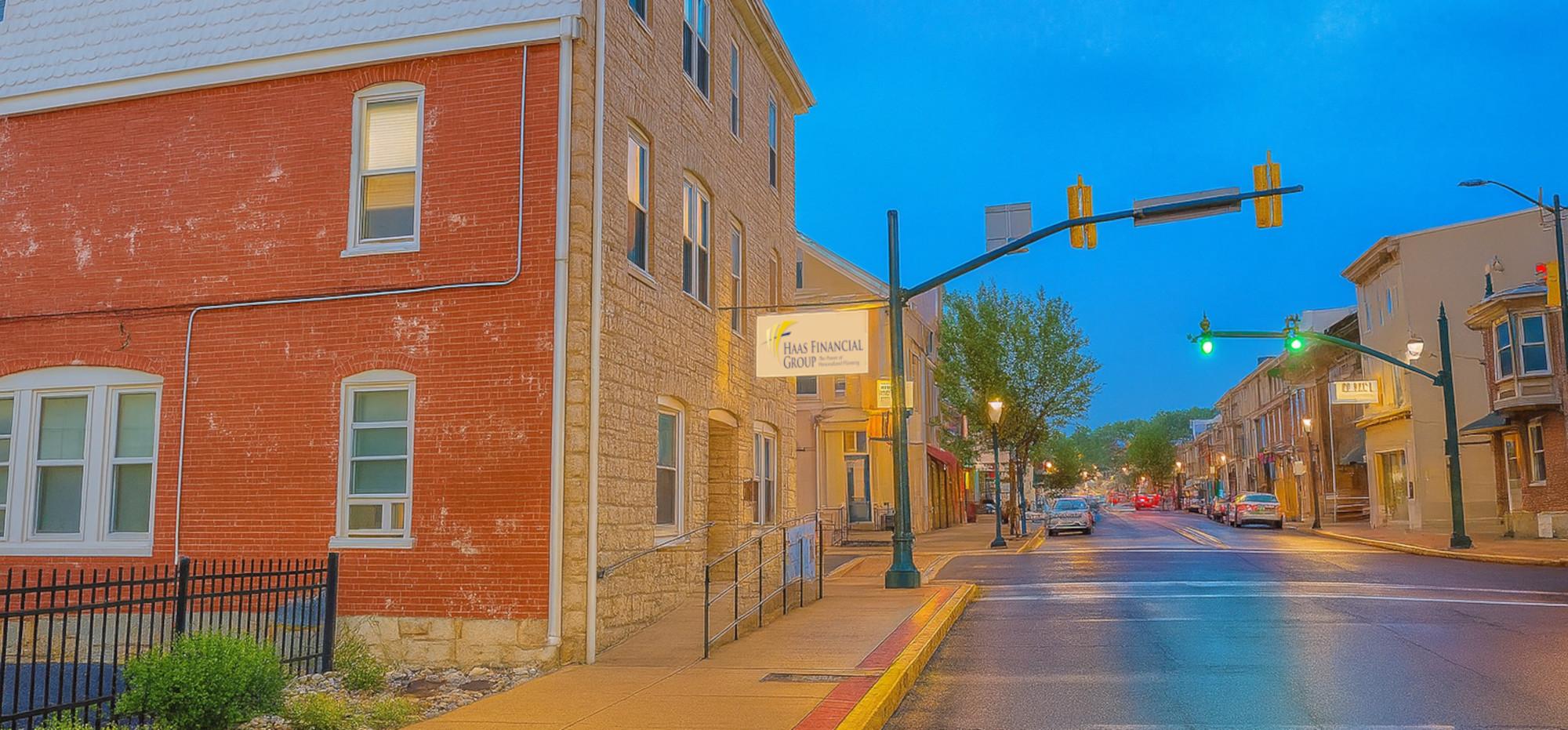
Social Security Cost Of Living Adjustment (COLA) Announced For 2022
A lot of uncertainties are still unfolding in 2021 but one that is certain for 2022 are Social Security benefits and the cost-of-living adjustment (COLA) for them. The Social Security Administration announced this week that benefits will get a 5.9% increase. To give some context, an individual currently collecting $1,500/month can expect roughly a $90/month “raise” in the New Year.
The big question is: how does this COLA compare to the past? As financial planners, we project an average increase for Social Security of 1.5% each year. Over the last 10 years it has averaged 1.6%, so 2022’s increase will be an outlier when looking at historical data. Why is that? A lot of it has to do with the big buzzword hitting headlines: inflation. 2022’s COLA will be the highest increase since 1982 and people have been raising their concern that it is a direct reflection of Social Security’s inability to keep up with everyday expenses. Food prices are up 4% year over year and medical costs close to 5%. Those on a fixed income will need to continue to rely on their savings more and more to fill these increasing gaps.
The bigger questions continue to be around the future solvency of Social Security, and strategies if one is not yet collecting. Here are a few additional thoughts:
- If you’re not collecting, it still “pays to wait” because there are still credits (annual increases) to the tune of ~8%, no matter what the COLA is for 2022. One can collect as early as age 62 and as late as age 70, ranging from 70% of your full retirement age benefit to as high as 132% if you wait until age 70. Hence, each year you wait is roughly an 8% increase, regardless of the COLA. The two are different, but often confused for each other.
- We are often asked if our country’s debt will mean Social Security will sooner or later fold. Social Security is funded by payroll taxes. So, while solvency continues to be the long-term question, it goes back to the number of workers paying into the system vs. the number of retirees collecting. Solvency is more about demographics than our country’s debt. There are only 2.7 workers for each beneficiary right now. For context it was 8.6 to 1 in 1955, when those starting to collect today were born.
- The Board of Trustees have been talking about insolvency for years, which some say will be 2037. More pessimistic projections show it could be sooner especially if there are changes to payroll taxes and higher than projected unemployment numbers. The reality is our government will most likely need to make amendments to the full retirement age and taxes with a greater impact on future generations.
Social Security decisions are incredibly important and can often be complicated. If you’re already collecting, the news this week is a welcome increase to your benefits starting in 2022. If you’re not yet collecting, we’d be more than happy to be a resource for you before you make that significant decision.
The opinions voiced are for general information only and are not intended to provide specific advice or recommendations for any individual.
Tracking # 1-05202327
https://www.ssa.gov/history/ratios.html

